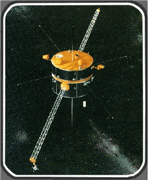Missions & Projects
Alphabetical
By Last Name:
Displaying records 1 to 8 of 8.
Show:
Cluster
The NASA/European Space Agency (ESA) Cluster mission was the first to deploy four identical spacecraft flying in formation to conduct three-dimensional studies of the interaction between Earth's magnetosphere and the "solar wind" of charged particles streaming off the sun. Science output from Cluster greatly advances our knowledge of space plasma physics, space weather, and the sun-Earth connection, and has been key in improving the modeling of the magnetosphere and understanding its various physical processes. The quartet of spacecraft went into orbit in two launches, in July and August 2000.

Cluster Plasma Electron And Current Experiment (PEACE)
A Plasma Electron And Current Experiment instrument can measure the three dimensional velocity distribution of electrons in a space plasma, for an energy range from a few electronvolts to about 30 kiloelectronvolts. A PEACE instrument is flying on each of the four Cluster II spacecraft, which were launched in the summer of 2000.
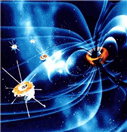
Cusp Plasma Imaging Detector (CuPID)
The CuPID (Cusp Plasma Imaging Detector) Cubesat Observatory is designed to test competing models of solar wind-magnetosphere coupling. The 6U spacecraft is roughly the size of a toaster oven and will carry a wide field-of-view soft X-ray telescope, the first of its kind to be placed into orbit. In orbit the spacecraft will measure soft X-rays emitted from the process of charge-exchange when plasma from the solar wind collides with neutral atoms in the Earth’s distant atmosphere. The spatial and temporal patterns of X-ray images will be used to address scientific questions. The project is a collaboration between Boston University, NASA Goddard Space Flight Center, Johns Hopkins University, Merrimack College, Aerospace Corporation, Drexel University, and the University of Alaska, Fairbanks.
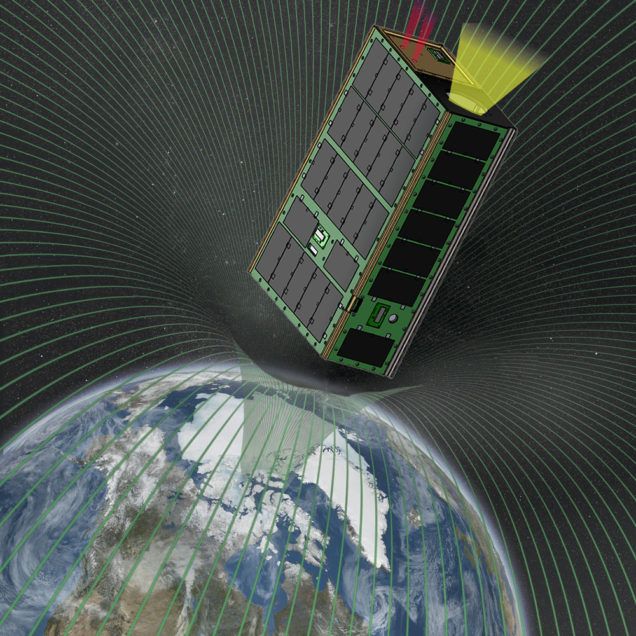
Magnetospheric Multiscale Satellites (MMS)
MMS consists of four identical spacecraft that orbit around Earth through the dynamic magnetic system surrounding our planet to study a little-understood phenomenon called magnetic reconnection. Magnetic reconnection is a fundamental process that happens in space, which powers a wide variety of events, from giant explosions on the sun to green-blue auroras shimmering in the night sky.
Key Staff
- Science Co-Investigator: Thomas Moore
- Deputy Project Scientist: Mark Adrian
- Deputy Project Scientist: Guan Le
Instruments
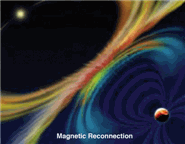
MMS Fast Plasma Investigation (FPI)
The Fast Plasma Investigation (FPI) instrument is part of the SMART Hot Plasma instrument onboard the MMS satellite. It will provide 3D distributions of total ions and electrons independent of the spin rate.
Key Staff
- Sr. Test Systems Engineer: Ulrik Gliese
- Co Investigator: Craig Pollock
- Co Investigator: BARBARA GILES
- Deputy Project Manager:
- Instrument Scientist: John Dorelli
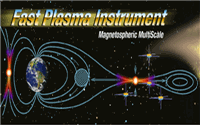
Two Wide-Angle Imaging Neutral-Atom Spectrometers (TWINS)
TWINS stereoscopically images the magnetosphere and the charge exchange energetic neutral atoms (ENAs) over a broad energy range (~1-100 keV) by using two identical instruments on two widely spaced high-altitude, high-inclination spacecraft.
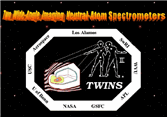
Wind Solar Wind Experiment (SWE)
The Solar Wind Experiment (SWE) will measure ions and electrons in the solar wind and the foreshock regions (particles whose energies are in the kiloelectronvolt range).

Wind WAVES
The WAVES instrument, onboard the WIND spacecraft, will provide comprehensive measurements of the radio and plasma wave phenomena which occur in the solar wind upstream of the Earth's magnetosphere and in key regions of the magnetosphere.
